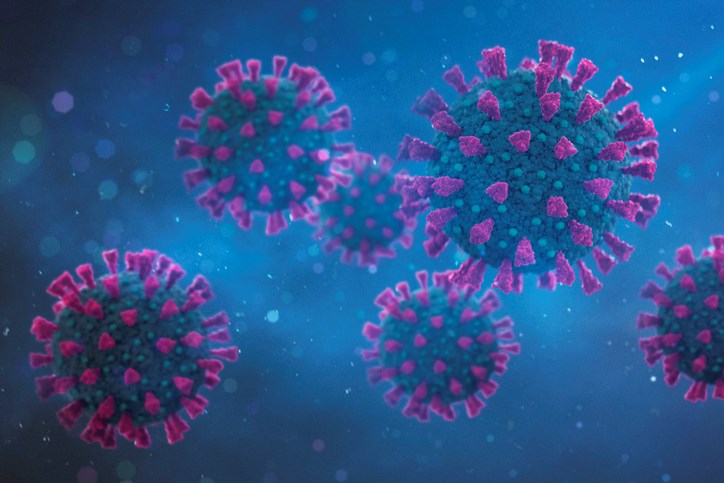The number of hospital patients with COVID-19 in Manitoba remains high but the rate of admissions does seem to be slowing down, a provincial health official said Feb. 7.
Although there are 702 patients with the virus in hospital, including 47 in adult intensive care and two in pediatric intensive care, Unified Health Sector Incident Command health system co-lead Dr. David Matear said ICU admissions are coming down from where they were a week or two ago and that about 90 per cent of current ICU patients were infected with the omicron variant.
“Things in the health care system are showing signs of slowing,” he said, though they are nowhere near normal. There are 109 patients in intensive care for all reasons right now, significantly higher than the pre-COVID maximum of 72. There is still room for more patients, however, as the total ICU capacity right now is 124 patients, up one from last week.
New hospital admissions and new ICU admissions of people with COVID-19 were down about 19 per cent in the week wending Feb. 3 when compared to the previous week.
61 northern residents were in hospital Feb. 7, seven of them in intensive care.
With 15 additional deaths since Saturday, Manitoba reached 1,600 total deaths of people with COVID-19 since the pandemic began on Monday. 74 of those who have died were residents of Northern Manitoba. The most recent is a death announced Monday of a man from the region in his 20s.
The north has active cases of the virus in every health district and more than 100 active cases in two-thirds of its 15 health districts. There were 279 active confirmed cases in the Thompson/Mystery Lake health district Feb. 7, though the actual number here and in all other health districts across the province is higher than confirmed case counts indicate since most people are no longer eligible for tests that are reflected in new and active case counts.
Dr. Marcia Anderson, public health lead of the First Nation Pandemic Co-ordination Response Team, said Monday that data from people who have received at least one dose of COVID-19 vaccine and who identified their racial or ethnic identity on their vaccination record showed that Manitobans who identify as members of Black, Indigenous and persons of colour (BIPOC) communities, which make up about 36 per cent pf the province’s population, account for about 40 per cent of those fully vaccinated people who volunteered their racial and ethnic identity, although the number who have received booster doses is lower than their share of the province’s total population.
Anderson also said that the risk of breakthrough infections is higher among BIPOC Manitobans but that their percentage of hospitalizations was lower than their proportion of the province’s population when a snapshot of the data was taken Dec. 10. BIPOC community members saw a higher share of severe outcomes related to COVID-19 during the early stages of the vaccine rollout, in part because their population age structure is younger that of those who identify as white, so some of them had to wait longer to start getting vaccinated. Vaccine uptake is higher for BIPOC community members than for Manitobans who identify as white.
“The vaccines remain a critical tool in preventing severe outcomes among BIPOC communities,” Anderson said.
Vaccine implementation task force medical lead Dr. Joss Reimer said Monday that youth aged 12 to 17 at a higher risk of severe outcomes from COVID infections due to social conditions or underlying medical issues will now be eligible to receive booster doses of vaccine six months after their second shot.
80 per cent of Manitobans overall have received two or three doses of COVID-19 vaccine and 79 per cent of active cases are among those considered fully vaccinated. The percentage of patients in hospital with COVID who are fully vaccinated is 72 per cent and the percentage of ICU patients with COVID who are fully vaccinated is 57 per cent. 65 per cent of people with COVID who died within the past six weeks had received two or three doses of vaccine. The percentage of eligible Manitobans who have not received a single dose of COVID-19 vaccine is 14 per cent and they are over-represented among those hospitalized with COVID, admitted to ICU with COVID and who have died while infected with the virus.
About 57 per cent of children aged five to 11 have received one dose of COVID-19 vaccine so far.




